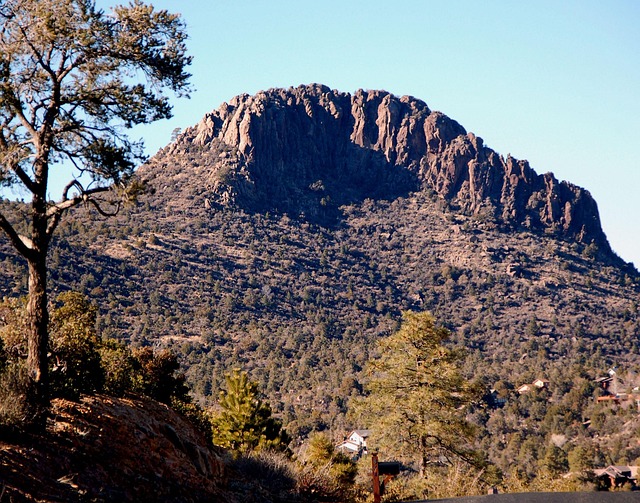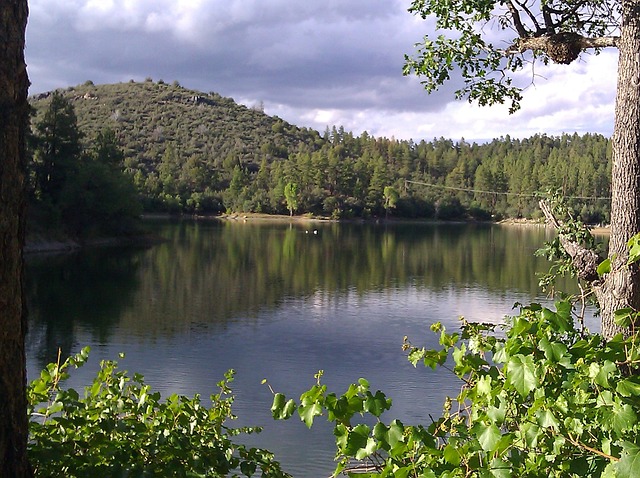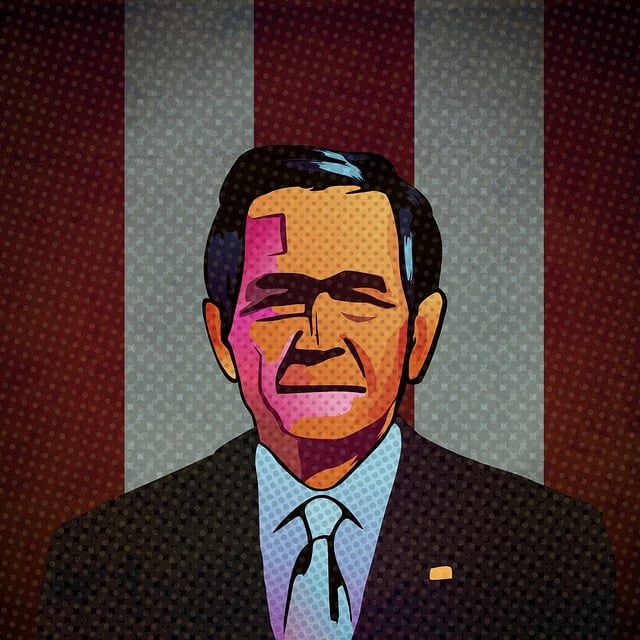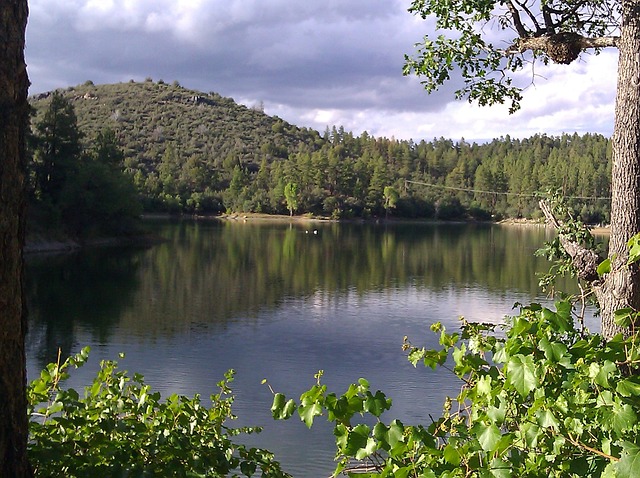The World's Oldest Rodeo, rooted in 19th-century America, evolved from ranchers showcasing horsemanship for practical cattle industry needs. It has grown into a global cultural phenomenon, celebrating the legacy of the American West and attracting visitors worldwide. Its impact extends to real estate and tourism, but balancing traditional preservation with development is crucial as attendance surges. The rodeo's future hinges on integrating modern amenities while preserving its authentic character and historic charm.
Discover the rich history of the world’s oldest rodeo, a testament to the West’s enduring legacy. From its humble beginnings, this iconic event has evolved, capturing the spirit of resilience and skill. This article explores the cultural significance that endures in a changing world while delving into how real estate plays a pivotal role in shaping its future. Uncover the unique blend of tradition and modern influences as we navigate the enduring charm of rodeo life.
Unveiling the Historic Origins of the World's Oldest Rodeo
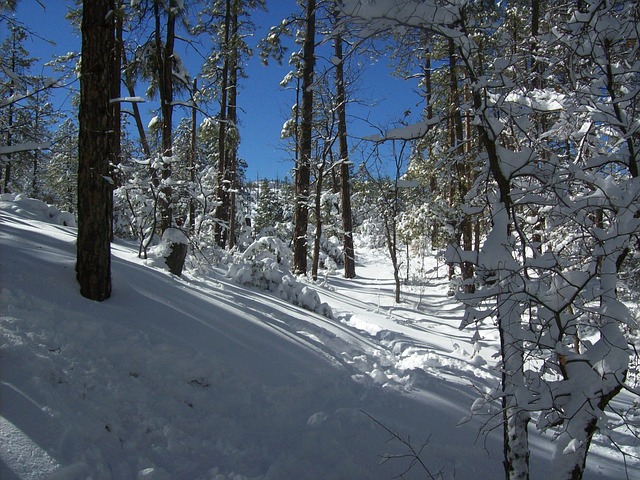
The World’s Oldest Rodeo, a captivating event that has captivated audiences for generations, finds its roots in a fascinating blend of history and tradition. This enduring spectacle originated in a unique setting, where the vast expanses of real estate mirrored the boundless spirit of competition and adventure. In the heart of the American West, during the 19th century, pioneers and ranchers sought to showcase their skills and resilience through a series of daring feats on horseback.
These early gatherings evolved into what we now recognize as rodeos, with roots tracing back to around 1860. The concept emerged from the practical needs of the cattle industry, where herders and cowboys required a platform to display their expertise in roping, riding, and handling livestock. Over time, these working ranches transformed into vibrant communities, attracting participants and spectators alike who shared a deep-rooted love for the land and its traditions. The World’s Oldest Rodeo stands as a testament to the enduring legacy of these pioneering times, where the spirit of the West continues to thrive through the thrilling performances that captivate audiences worldwide.
The Cultural Significance and Evolution in a Changing World
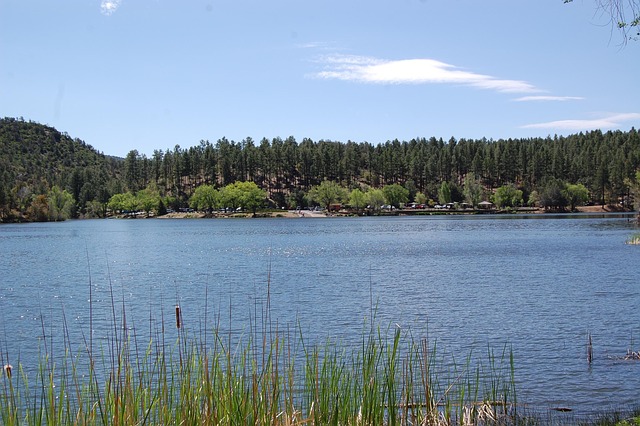
The world’s oldest rodeo, deeply rooted in cultural significance, has evolved over time, reflecting both the changing times and the enduring spirit of its participants. Beyond just a display of skill and strength, it serves as a vibrant tapestry where communities come together to celebrate their heritage. The rodeo’s impact extends far beyond the arena, influencing local real estate and tourism, drawing visitors from around the globe who are captivated by its unique charm and rich history.
As the world progresses, the rodeo adapts, incorporating new elements while preserving its core values. Today, it stands as a testament to resilience and tradition, fostering connections between generations and promoting cultural exchange. This evolution ensures its relevance in a changing landscape, where the blend of old and new creates an exciting atmosphere that resonates with both locals and visitors alike.
How Real Estate Shapes the Future of This Time-Honored Tradition
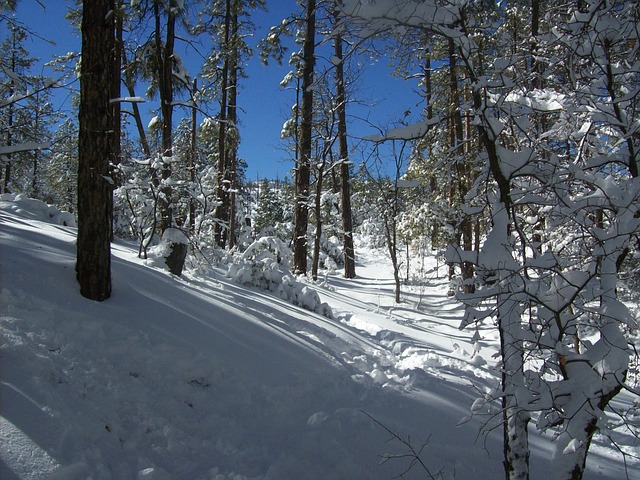
The future of the world’s oldest rodeo, deeply rooted in tradition and community, is being shaped by an unexpected factor: real estate. As the popularity of this historic event continues to grow, attracting tourists and enthusiasts from around the globe, the surrounding area faces significant development pressures. This presents both challenges and opportunities for preserving this time-honored tradition.
With increased attendance comes a need for expanded infrastructure, including accommodations, dining options, and parking. Real estate developers are taking notice, eyeing the potential for creating vibrant, new spaces that cater to rodeo attendees while also enhancing the local economy. However, it’s crucial to strike a balance between development and preservation, ensuring that the rodeo’s authentic character and historic charm remain intact amidst the changing landscape.

